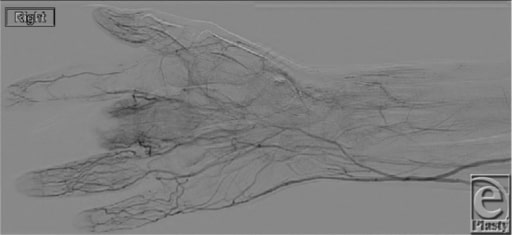Playlist
Show Playlist
Hide Playlist
Buerger's Disease: Symptoms and Therapy
-
Slides 02 VascularMedicine advanced.pdf
-
Reference List Vascular Medicine.pdf
-
Download Lecture Overview
00:01 The symptoms, of course: There's quite a lot of discomfort, particularly in the fingertips. There may also be claudication when walking. 00:09 Patients are very sensitive to cold; that increases the pain in the hands and the fingertips. 00:14 There are diminished or absent peripheral pulses. The extremities may be blue because of lack of blood flow, and there's often thin, very shiny skin with reduced hair growth and then ulcerations and gangrene as we've talked about. 00:33 The therapy: Number one, patients have to stop smoking. There are a number of medications that dilate the blood vessels. This improves blood flow to the little distal areas of the fingers. Sometimes, a sympathectomy—actually interrupting the sympathetic autonomic nerves that go out to the peripheral areas—can actually decrease the amount of spasm in the blood vessels. Spasm can also decrease the blood flow. But the problem with a sympathectomy is you can't reverse it. It's not reversible, whereas with the drugs, you can always reverse it. And unfortunately, in many instances, amputation is necessary for the gangrene that develops in the fingertips.
About the Lecture
The lecture Buerger's Disease: Symptoms and Therapy by Joseph Alpert, MD is from the course Arterial Diseases.
Included Quiz Questions
Which of the following is a symptom of buerger’s disease?
- Diminished pulses.
- Displaced apex beat.
- 3rd heart sound is heard upon auscultation.
- Bruit is heard upon auscultation.
- Increased pulse pressure.
A sympathectomy aids patients with arterial diseases. What is the mechanism of this effect?
- Reduced vasoconstriction in affected vessels.
- Reduced appreciation of pain.
- Reduction in discomfort.
- Improved muscle tone.
- Altered perception of sensation.
Customer reviews
5,0 of 5 stars
| 5 Stars |
|
5 |
| 4 Stars |
|
0 |
| 3 Stars |
|
0 |
| 2 Stars |
|
0 |
| 1 Star |
|
0 |




